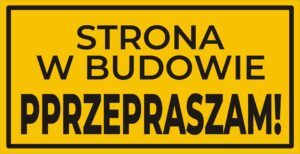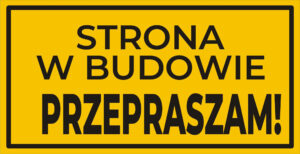Source: Hartman Schopper, Panoplia Omnium Liberalium Mechanicarum et Seden-tariarum Artium Genera Continens, Frankfurt am Main, 1568, p. 99.
We take a look inside the ropemaker’s workshop. There are two ropemakers presented. They are dressed in modern costumes (the one on the left has a tall hat with a small brim on his head, tied with a ribbon). The man standing on the left is spinning thread. With his left hand, he reaches for the hemp fibers hanging from above. With his right hand, he twists the cord by moving the reel, on which is already wound the cord he had harnessed earlier. The ropemaker seated on the left probably makes a loop at the end of the rope, scooping it onto a tall conical peg standing in front of him – striking the cord with a wooden mallet. The workshop equipment is visible: the finished, coiled cords and ropes lie on the floor, stand leaning against the wall, hanging from pegs fixed high on the wall. Other cords – strung individually or in coils and coiled in round balls – hang from the window frame, suspended outside.
In 1568, two richly illustrated works containing rhymed commentaries on the woodcuts appeared in print in Frankfurt am Main. Both show “all the professions in the world”. Panoplia Omnium Liberalium Mechanicarum et Seden-tariarum Artium Genera Continens with texts by Hartmann Schopper contains 115 woodcuts, while Eygentliche Beschreibung aller Stände auff Erden, hoher und nidriger, geistlicher und weltlicher, aller Künsten, Handwercken und Händeln… with poems by Hans Sachs illustrates 133 woodcuts. The same works by Jost Amman were placed in both works. Later, in 1585. , Tommaso Garzoni published another encyclopedic collection of professions – La piazza vniversale di tvtte le profesi del mondo. The work was translated into German and then published in print (it had several editions). The 1641 edition reinserted Jost Amman’s woodcuts, which had previously appeared in the Ständebuch. In all three old prints, a ropemaker can be found among other more than a hundred professions.
Jost Amman (1539-1591) was a Swiss painter, printmaker and the most prolific book illustrator of the 16th century. He made some 1,500 prints – illustrating more than 50 books. He trained in Zurich, later worked in Basel, and in 1561 opened a workshop in Nuremberg, where he settled permanently. He specialized in woodcut book illustration and map engraving. He also produced portraits and stained glass designs. He was an illustrator of the customs and costumes of his era. He represented the artistic style known as Mannerism.
Funarius. Der Seiler
Ropemaker
Conficio validos ex cannabe restio funes,
Et vaga sollicita retia texo manu.
Æquoris in tumidi quibus alligo flumine puppes,
Atq iuuencorum cornua fracta domo.
Nauita congestis vbi claßibus exit in altum,
Ille valet nostris funibus absq nihil.
His ex in aerijs, qui pulsat turribus æra
Indiget, bis fluuios vtitur omnis amans.
Scilicet in terris quæcunq vagantur ex errant,
Restibus indomitis restio stare facit.
material / technique
paper, colored woodcut
dimensions:
height / width
11.6 cm (16.2 cm) / 29 cm (30.5 cm)



